




device has enough energy to multiply by exciting numerous other electrons from the valence to the conduction band of the material. MSM (metal semiconductor metal) diodes are among the
fastest in existence, plus they can be monolithically integrated with high speed electronics. They normally exist in GaAs IC technologies. When the utmost in sensitivity is required there exists
no match for the photomultiplier, which can detect single photons! Light (and sound!) detectors can of course be used for distance measurement in a rather trivial fashion by the time of flight technique where the time it takes light or sound to traverse a distance is measured. High resolution distance measurements are made by interferometry, i.e. by measuring the interference pattern between two opposite travelling waves. Visible light intereferometry is routinely used in the machine shop to measure dimensions to a fraction of a micron. When by modulating the travel path of one of the interfering beams we can make extremely high-resolution measurements, eg. of time to a few femtoseconds. Note that interferometry is equivalent to heterodyne detection. Interferometry will be discussed in some detail later in the course.
Variable reactance transducers:
Can be divided into two main types: variable capacitance and variable inductance. Variable capacitance – A parallel plate capacitor has a capacitance C = _A/d. Any one of these terms can be varied to change the effective capacitance. A capacitive microphone uses acoustic pressure to vary plate spacing, d. A capacitive level indicator (e.g. aircraft fuel detector) varies the effective permittivity _ as the level of (non-conductive) liquid between the plates varies. The effective permittivity is the weighted average of the permittivities of the air and the liquid. A capacitive displacement transducer operates by varying the overlap area A by displacing the plates. Variable inductance – Mainly used as displacement transducers. The inductor is wound on a
core of high permeability material, and the inductance can then be varied by moving the core relative to the inductor or, by using a saturable core and changing the flux through an auxiliary
coil. A variation on variable inductance concept is the variable mutual inductance sensor in which two coils are wound on the same magnetic core.
Variable capacitance or inductance sensors can me utilised either in conjunction with a frequency meter, as the variable capacitance, e.g., can be resonated with a ficed inductor leading to a variable resonance frequency which can then be measured. Variable reactance can also be directly measured.

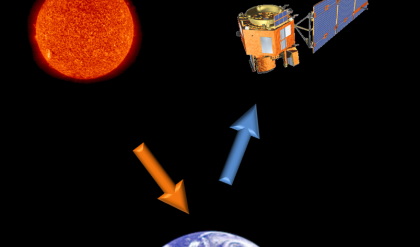
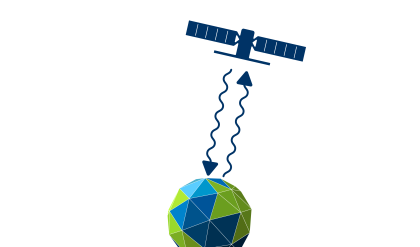
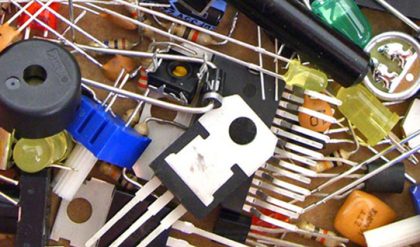
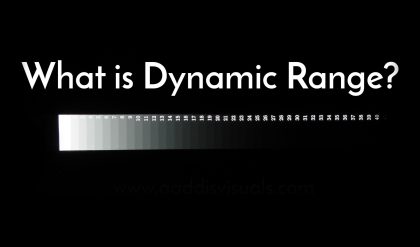
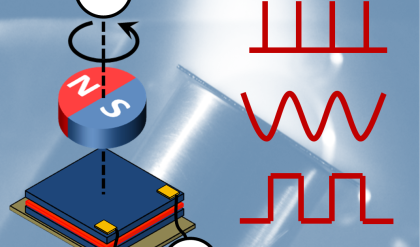
Comments are closed.